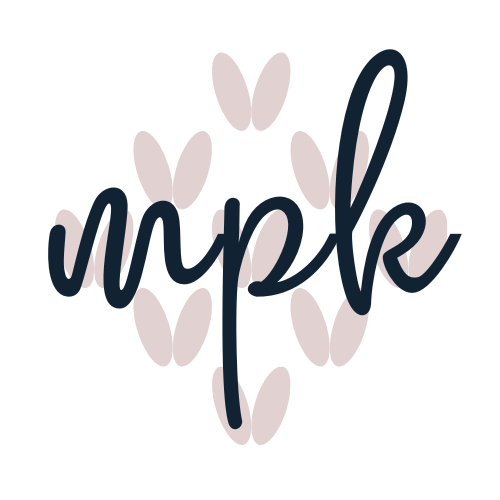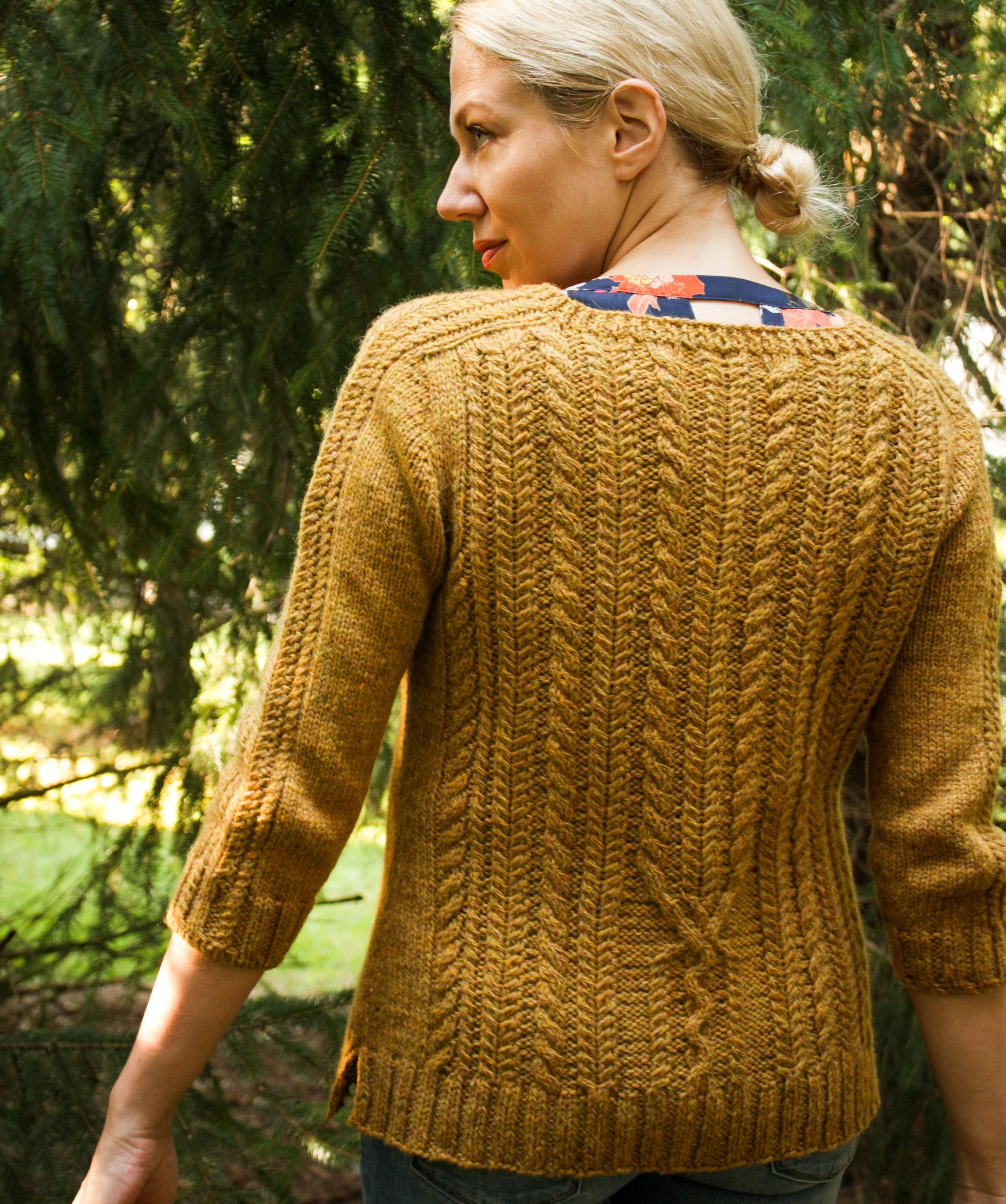Behind-the-Scenes: Self-publishing vs. Third-party Publishing
Knitting pattern designers have two basic options when it comes to publishing a pattern: self-publishing and third-party publishing. If you are a consumer in the fiber arts industry, you may wonder about the differences between these 2 options, or why a designer might choose one over the other, so today I’m going to share a general overview of each, as well as some things I take into consideration when deciding which route to go.
Self-publishing knitting patterns
When a designer self-publishes a pattern s/he retains all creative control and profits, but also assumes all (or nearly all) of the responsibilities. This means that when I publish a pattern, I decide things like what to call it, how many sizes to include and how to style the photographs; I get to set the price point and all proceeds come back to me. However, it also means that I am entirely responsible for producing the pattern (knitting the sample, grading, photography, photo editing, layout, paying for tech editing, running test knits) as well as marketing and advertising for the pattern. If it’s a dud, I lose money; if it’s successful, I keep all the profits—greater risk, greater (potential) rewards.
Third-party publishing for knitting patterns
When a designer publishes a pattern through a third-party (magazine, yarn company, or similar), many of the usual responsibilities associated with producing the pattern are shifted to that 3rd party—what a relief! However, the designer also loses some creative control, and will of course, share the profits with the company.
Which tasks the company takes on can vary, but generally, the designer is responsible for providing a finished sample and graded pattern (with any associated charts or schematics), while the company will handle tech editing, photography and photo editing, pattern layout and publication. Both parties will usually do some social media marketing and advertising.
In this situation, since the designer invested less time and money into the pattern, if it’s a dud, s/he also stands to lose a lot less; on the other hand, if it’s a phenomenal success, s/he may ultimately profit less than they would publishing independently.
So, which one is best?
This is a question with no right answer, because there are too many variables. What works for one designer at any given moment with any given pattern might not work for another. Each designer has to weigh the pros and cons and make the decision that’s best for them.
I personally like to have a balance between self-published and 3rd-party published designs. Many 3rd-party publishers pay designers an upfront fee for a period of exclusivity. This is a big chunk of cash that goes right in my bank account and helps ensure that I have the money to run my business—to pay overhead costs and for services like tech editing and sample knitting (you can read more about the expenses involved in the pattern design business here). Publishing through 3rd parties who handle tasks like photography and tech editing, also frees up some of my time and resources to work on producing more patterns, tutorials, KALs, etc. Third parties also often have much greater reach than I do—they get more eyes on my pattern than I could hope to publishing it independently.
However, when working with a 3rd party publisher, I not only relinquish some creative control, I also have to work within their timeline—that means deadlines, which can not only be limiting (hey, I’ve got a great new idea! But oh rats, I need to finish this other thing first.) but also stressful. One of the great things about working for yourself is the freedom it affords—if I were facing constant deadlines, I would find that stifling.
I also need to weigh the potential gains—is the design fee and/or profit sharing arrangement beneficial to me, or could I conceivably make more publishing on my own? This is a tricky question, and at best I’m making an educated guess based on how long the publisher retains control of the pattern, what their price point is, and what percentage of retail and wholesale royalties I receive, plus any design fee. When I was first starting to design, I definitely accepted some contracts that were terribly unfair to me, and I’ve learned from that experience.
There are also some less-objective considerations. If I’m REALLY excited about a pattern and can hardly wait to cast on, chances are that’s going to be self-published. Something more experimental is also likely to be self-published because I may have to play with it for weeks or months, and working on a deadline isn’t realistic. On the other hand, sometimes I’ll read a call for submissions (calls put out by magazines and yarn companies for new designs, usually with a theme) and be inspired to create something specifically for that mag/company, that I never would’ve come up with otherwise.
So, what does all of this mean for the consumer?
Well, you may come across a pattern on Ravelry and be disappointed to find it’s only available in a book or magazine; or your favorite designer may have a special sale that you’re psyched about, but you’ll see that patterns published by a 3rd party aren’t eligible—these are some of the conditions that come with producing a pattern for a 3rd party.
On the other hand, you may wish your favorite designer would produce more new patterns every year, or you may think the pattern prices are too high—but if s/he’s self-publishing most or all patterns, s/he’s likely producing as many patterns as possible, and pricing them to ensure that they make money rather than lose it.
Either way, while there are pros and cons to both options, you can be sure designers are making the best choices for their businesses.
Questions? Comments? Go ahead and leave them below!
If you enjoyed this post, you may also like . . .










